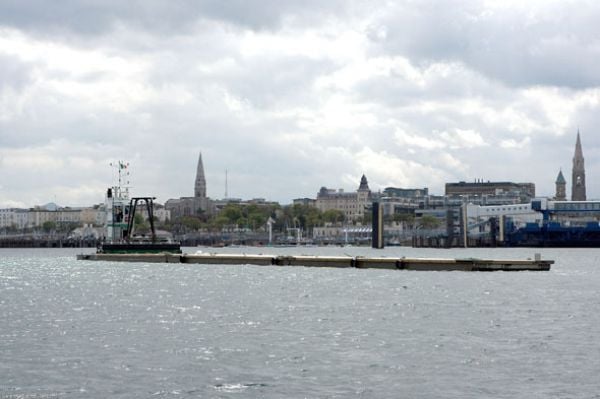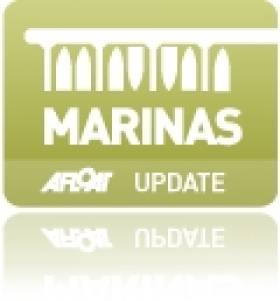Displaying items by tag: pontoon
New Mooring Facilities on River Foyle
Port Harbour master, Bill McCann says this is "positive step forward towards harnessing the potential of the River Foyle for tourism and commerce. The new cruise ship quay at Meadowbank, together with the new pontoon, add significantly to the marine facilities that we offer on the Foyle, which is particularly important with the Clipper Round the World Yacht Race calling at Derry in 2012."

Londonderry Port and Harbour Commissioners sign contract for development of Foyle cruise ship quay and pontoon
Chief executive of the Loughs Agency, Derick Anderson has expressed his enthusiasm for a project "that promises to aid the development of tourism along the Foyle and in the north-west generally, including Inishowen. The new water front infrastructure may reveal fresh opportunities for those planning events in the region, for instance, City of Culture in 2013. The Loughs Agency is optimistic that the project will optimise potential for water based events and activity and help bring the river to life in Londonderry's city centre."
Shaun Henry from the Special EU Programmes Body highlighted the strategic importance of this initiative for the region saying: "This project will allow the local tourism sector to draw on the natural environment of the region and its natural tourism resources. This is likely to attract a higher number of domestic and overseas visitors, contributing to improving the performance of the overall tourism industry, one of the key priorities of the INTERREG IVA Programme. By increasing the offer for high quality marine facilities in the area, it also builds on the strong cultural and economic linkages that exist between western Scotland, Northern Ireland and the west coast of Ireland, where marine tourism is a sector in expansion."
The project is supported by funds from the European Regional Development Fund. The Loughs Agency is lead partner in an Interreg IV programme that secured this funding for some much needed infrastructure. Details about marine leisure on the Foyle on www.loughs-agency.org or www.londonderryport.com
Royal St George Pontoon Arrives in Dun Laoghaire
Preparations continue apace in Dun Laoghaire for this weekend's ICRA Championships at the Royal St. George YC. The 'club of the year' is installing new pontoons in front of its club house in time for the Cruiser event and in anticipation of plenty more regattas this summer. Our exclusive photo by Gareth Craig shows one of four of the 80 metre long pontoons being towed in to position at the harbour this afternoon. The 250 tonne pontoons from SF Marina ssystems in Kilkenny were towed across Dublin Bay from Dublin Port in particularly calm weather after the weekend's nortwesterly winds.






























































